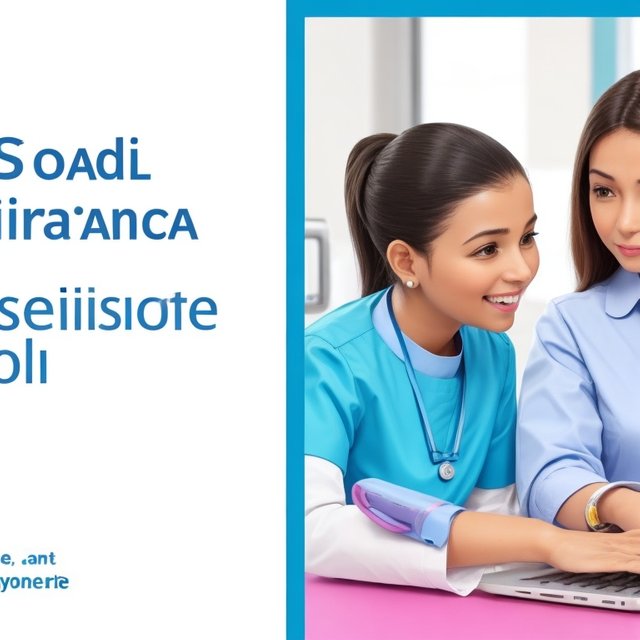Introduction
Social media has become an integral part of our lives, and women and child hospitals can use it to connect with their patients, promote their services, and educate the public about women's and children's health.
Goals of social media for women and child hospitals
The goals of social media for women and child hospitals include:
To increase brand awareness and reach a wider audience. Social media can help women and child hospitals to reach new patients and to promote their services to a wider audience.
To connect with patients and families. Social media can help women and child hospitals to connect with their patients and families on a personal level. This can help to build trust and loyalty.
To educate the public about women's and children's health. Social media can be used to educate the public about women's and children's health topics, such as pregnancy, childbirth, child development, and common health conditions.
To provide customer service and support. Social media can be used to provide customer service and support to patients and families. This can include answering questions, resolving issues, and providing information about upcoming events and programs.
Target audience
The target audience for women and child hospitals on social media includes:
Current and prospective patients. Women and child hospitals can use social media to connect with current and prospective patients. This can help to increase brand awareness and to promote their services.
Families and caregivers. Women and child hospitals can also use social media to connect with families and caregivers. This can help to provide support and information to families.
Healthcare professionals. Women and child hospitals can also use social media to connect with other healthcare professionals. This can help to share knowledge and best practices.
The general public. Women and child hospitals can also use social media to connect with the general public. This can help to educate the public about women's and children's health topics and to promote their services.
Content strategy
The content strategy for a women and child hospital's social media presence should focus on the following:
Educational content. Women and child hospitals should use social media to educate the public about women's and children's health topics. This could include articles, blog posts, infographics, and videos.
Patient stories and testimonials. Women and child hospitals can also use social media to share patient stories and testimonials. This can help to build trust and loyalty with patients and families.
Information about upcoming events and programs. Women and child hospitals can also use social media to promote upcoming events and programs, such as health fairs, workshops, and classes.
Behind-the-scenes content. Women and child hospitals can also use social media to give their audience a behind-the-scenes look at the hospital. This could include photos and videos of the staff, facilities, and equipment.
Social media platforms
Women and child hospitals should use a variety of social media platforms to reach their target audience. Some of the most popular social media platforms for women and child hospitals include:
Facebook: Facebook is a great platform for sharing educational content, patient stories, and information about upcoming events and programs.
Twitter: Twitter is a great platform for sharing short updates and news stories.
Instagram: Instagram is a great platform for sharing photos and videos.
YouTube: YouTube is a great platform for sharing longer videos, such as educational videos and patient stories.
LinkedIn: LinkedIn is a great platform for connecting with other healthcare professionals and sharing information about the hospital's research and educational programs.
Social media metrics
There are a number of social media metrics that women and child hospitals can track to measure the success of their social media strategy. Some of the most important metrics include:
Reach: Reach measures the number of people who have seen the hospital's content.
Engagement: Engagement measures how much people are interacting with the hospital's content. This could include likes, comments, shares, and clicks.
Leads: Leads are people who have shown an interest in the hospital's services. This could include people who have signed up for a newsletter or who have contacted the hospital for more information.
Conversions: Conversions are people who have taken a desired action, such as booking an appointment or making a donation.
Conclusion
Social media is a powerful tool that women and child hospitals can use to connect with their patients, promote their services, and educate the public about women's and children's health. By developing a strategic plan for social media, women and child hospitals can maximize the benefits of social media and achieve their business goals.
Additional tips for women and child hospitals using social media
Be authentic and genuine. People can tell when you are being fake, so it is important to
